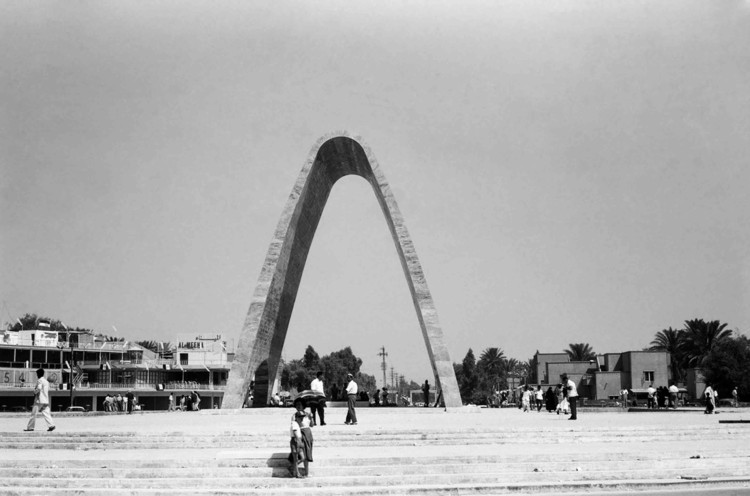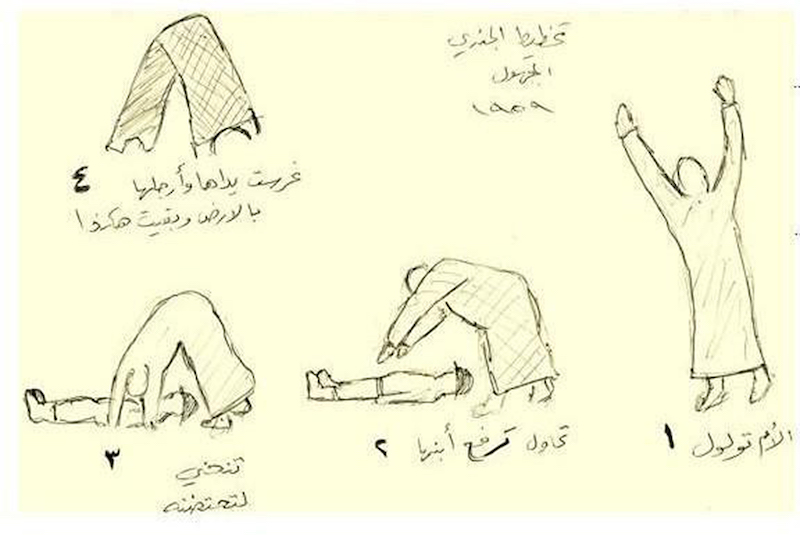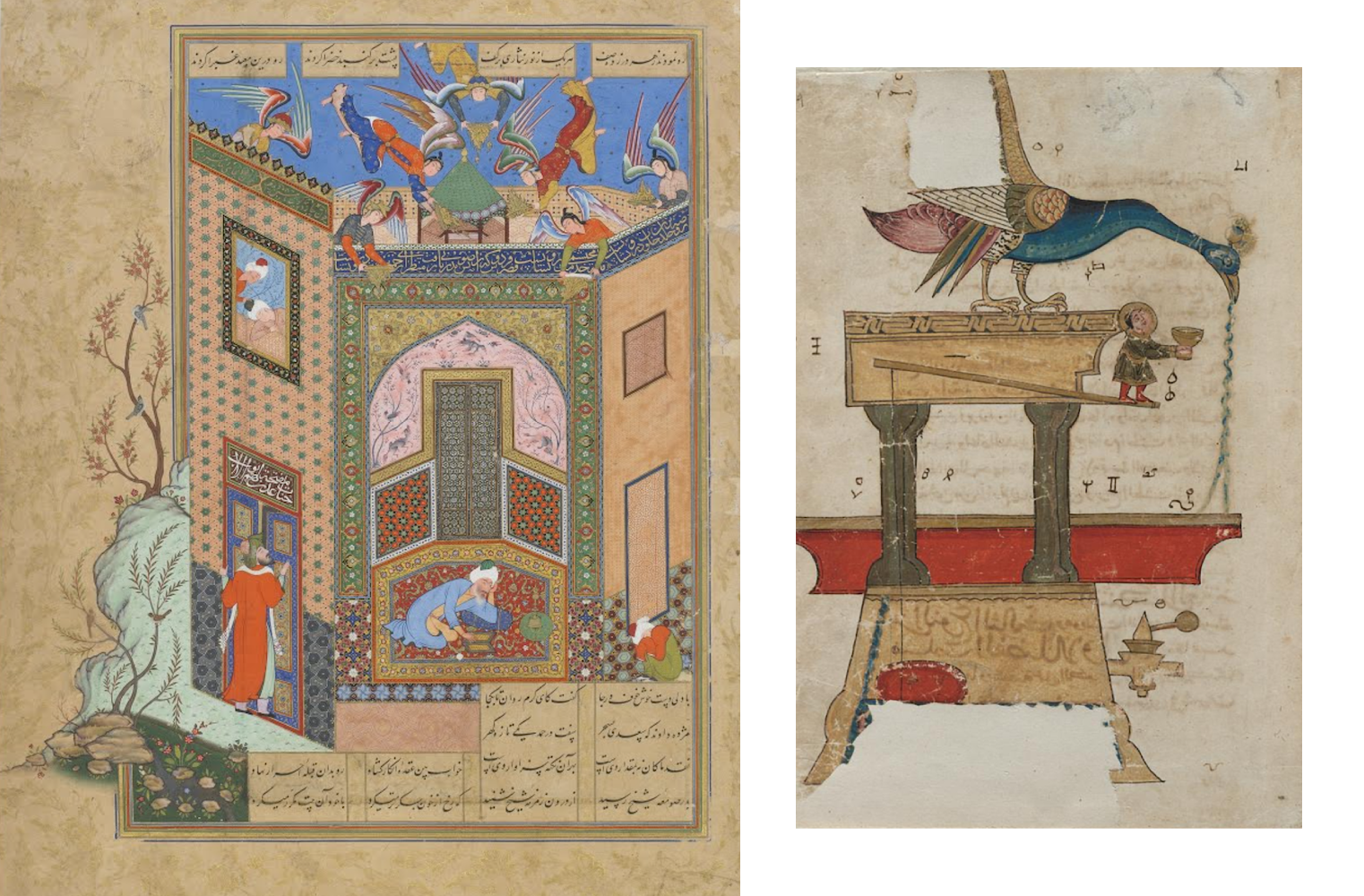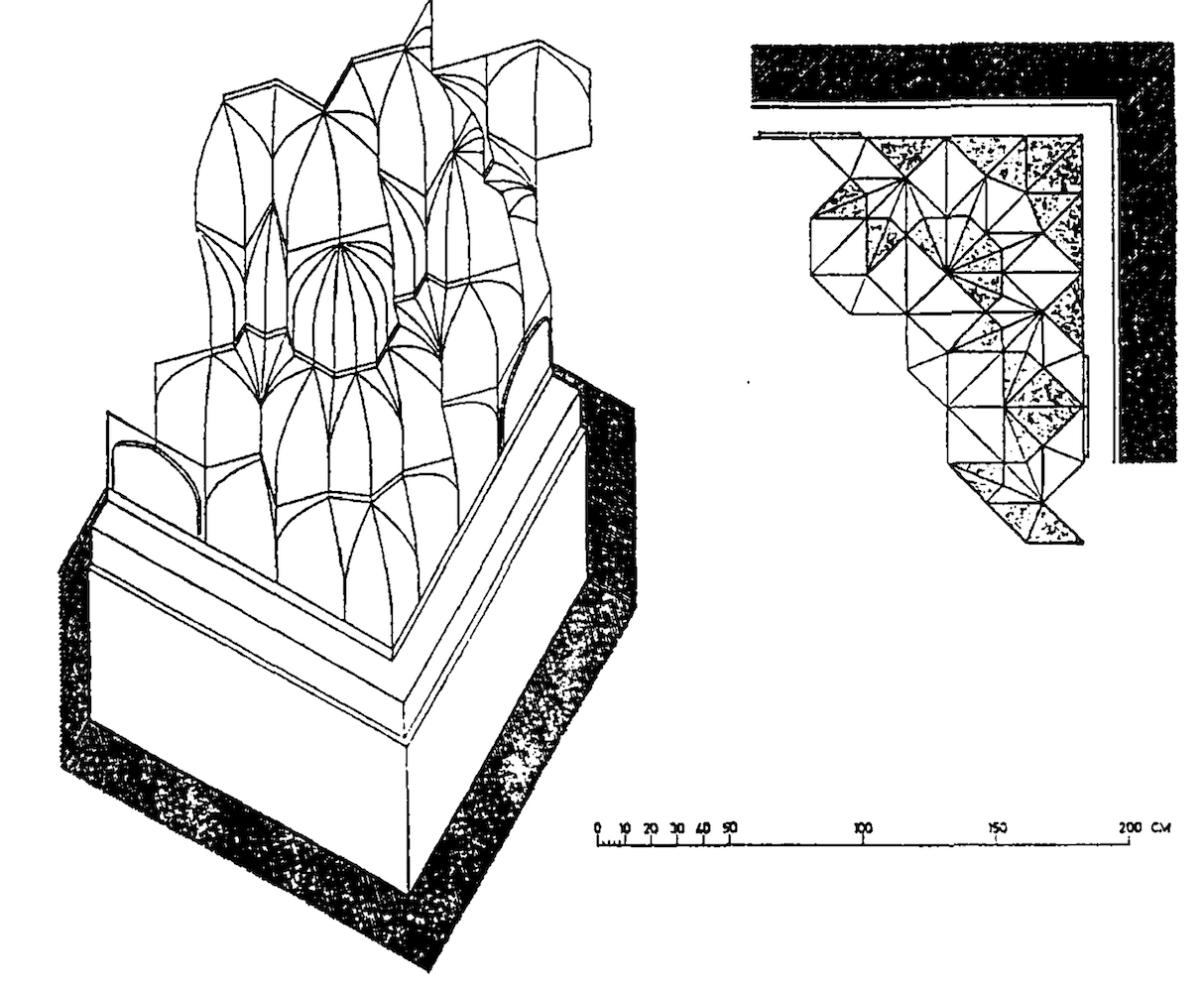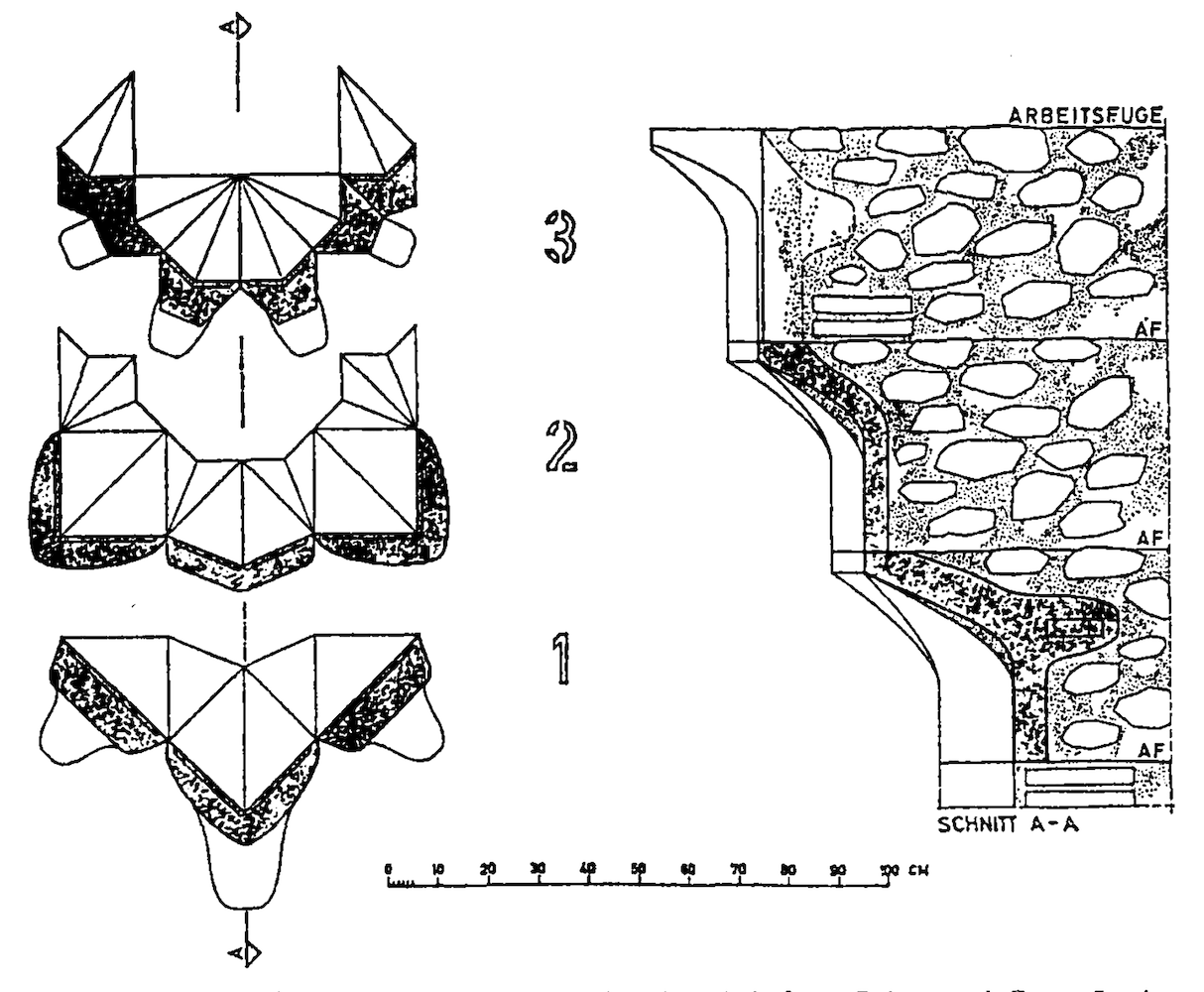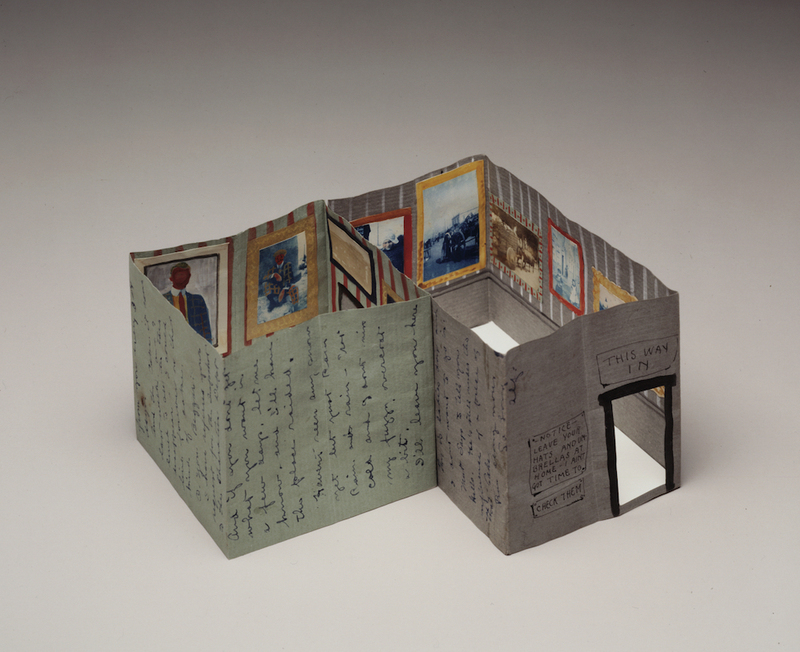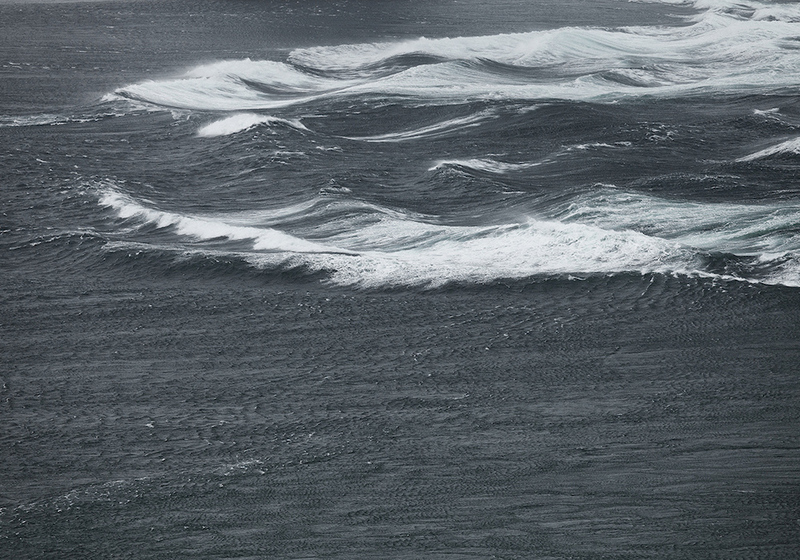Fig. 1: Still from An Andalusian Dog (1929) by Luis Buñuel.
Fig. 2: Interior of the municipal theatre of Besançon (built by Claude Nicolas Ledoux in 1784), seen in the mirror of an eye.
Bibliothèque nationale de France
In her compelling essay, Sara Almutlaq juxtaposes Western tradition and Islamic science, art, and design principles to observe the intricate relationship between perception and representation. From ancient philosophy to modern technology, she navigates the evolution of optical representation that leads to complete reliance on vision and neglect of the body in the digital era.
Perception serves as our conduit of knowledge, our weapon for verification: to see is to bear witness, and in witnessing we gain insights otherwise unattained. We have eye-witnesses, but rarely do we have ear-witnesses, for our ears may be faulty in ways that our eyes are not. However, our dependency on optical knowledge can at times be faulty and even worse, can put us at risk.
The wedded relationship between our natural surroundings and our perceptual faculties has captivated the minds of philosophers, scientists, and artists since antiquity. This enduring fascination not only relates to the anatomical attributes of optics, but rather speaks to the fundamental question of human consciousness. For when we perceive the world through our visual cortex, any uncertainty in the mechanics of seeing results in uncertainty in that which we see, meaning that if we don’t know how we see, we won’t know what we see.
Through the dual historical lens of a philosophy and technology, the confines of this brief exploration aim to build an argument for the influence of optical representation on the aesthetics of that which we represent. By tracing the evolution of optical representation, from the rudimentary constructs of two-point perspective to the realms of artificial reality, I trace the influence of this evolution on our built environment. As our physical and virtual worlds converge, how have these tools shaped our reality, both on screen and off?
The value placed on the understanding of perceptual senses is one that has been present with human societies since Ancient Greece. The theories that were developed hint towards a collective respect shared by human societies for the sincerity of our optical modality as a projection of truth. The philosopher Aristotle (384 to 280 BC), in articulating the foundational principles of optics, laid the groundwork for our modern views on perception. His belief in the capacity of sight to faithfully reflect the natural world elevated vision to a position of primacy, aligning it closely with the faculties of intellect. This regard for vision came to represent the canon of Western thought as indicated by David Michael Levin:
The will to power is very strong in vision. There is a very strong tendency in vision to grasp and fixate, to rectify and totalize: a tendency to dominate, secure, control . . . (thus) establishing, in keeping with the instrumental rationality of our culture and the technological character of our society, an ocular-centric metaphysics of presence.
In contrast, Plato, with his inherent skepticism toward the fidelity of vision, famously illustrated his misgivings through the allegory of the cave. In light of contemporary advancements in deep fakes, artificial reality, and simulation theory, Plato's allegory serves as a cautionary tale, reminding us that our perceptions, however vivid, are but fleeting reflections of truth, which in itself may be yet another reflection. This dichotomy between Plato's skepticism and Aristotle's conviction serves as a pivotal philosophical framework that has shaped the trajectory of representational tools. By aligning ourselves with Aristotle's faith in vision as a pathway to knowledge, the evolution of representation sought to capture and translate the natural world through the perceptual sense as an indicator of absolute truth.
The history of visual representation in art and architecture alludes to an indictive relationship between the visual imaginary, the tool for representation, and its outcome. All material culture, including the spaces we live in, the furniture we choose, and the books we read, arises from mental images stored in the human subconscious. A sketch is the first and most intuitive means of summoning into optical form the images held in the metaverse of the mind. In this way, a sketch is a pregnancy in potentiality, in its nature vague and elusive, and it is this vagueness that imbues it with the power of reduction. The architect Rifat Chadirji in his conceptual sketches of the “Unknown Soldier Monument ” (Fig.3, Fig.4, Fig.5), exemplifies the profound transference between mental abstraction and tangible reality empowered by a simple tool: the pencil.
tochoocho.blogspot.com
As human societies matured, a more controlled and scientific translation of the perceptual environment was required. Euclid’s Elements, which dates back to 300 BC, marked a pivotal moment for the articulation of optical phenomena, such as visual perspective, shadows, refraction, and reflection. However, his theory of vanishing perspective was only later proven mathematically by the Medieval Islamic scholar Al-Kindi in his 866 book Rectification of the Errors and Difficulties Due to Euclid in his Book of Optics. Despite these findings, the adoption of perspective in Medieval Islam was limited. The causality for this is vague and debated, while some attribute it to aniconism in Islamic communities, others revert to a posited divide between scientists and artists that did not allow for transference between geometric and artistic needs. In later decades, this would come to form a divide between the representations of Eastern and Western civilizations.

Islamic representation favored frontal and oblique projections, as evidenced by the meticulous diagrams found in works such as Al-Jazari's (Fig.6) magnum opus and Jawi's pictorial narratives (Fig.7). It is to be noted that Medieval Islam’s interest in frontal and oblique projection, a largely two-dimensional representation, does not negate their engagement with the third dimension as indicated in Key of Arithmetic by Al-Kashi (Fig.8, Fig.9). However, when utilized, Medieval Islam representation of the third dimension was aimed at a deconstructive diagrammatic approach rather than at representations of truth.
Freer Gallery of Art
Fig. 7: Ismail Al-Jazairi frontal projection representational drawing of water mechanics. The image showcases the refinement in both technical accuracy and aesthetic beauty of the chosen mode of representation.
Peacock-shaped Hand Washing. Illustration from The Book of Knowledge of Ingenious Mechanical Devices (Automata) of Inb al-Razza al-Jazari, 1315 / Cleveland Museum of Art
Where we find a preoccupation in the diagrammatic and mathematical deconstruction of perception in Medieval Islam, as indicated in Al-Kashi, we find a preoccupation in the mathematical reconstruction of perception, as indicated in Brunelleschi perspective (Fig.10). This divergence can be linked to the aesthetic variance between Eastern and Western aesthetics. Islamic art and design principles, driven by a diagrammatic reconstruction, shaped architectural forms imbued with a deep engagement in geometry, pattern, and optical illusions. Meanwhile, a Renaissance preoccupied with vanishing lines and a concise reconstruction of reality produced architectural forms highlighting centrality, sequence, rhythm, and symmetry.
Rooted in a glorification of optics, the advent of linear perspective heralded a paradigm shift in architectural representation, catalyzing a transition from a craft-based approach to a conceptual one. Mark Hewitt's scholarship illuminates this transformation, tracing the trajectory from “mimetic architecture” rooted in craftsmanship to “linguistic architecture” characterized by abstract concepts and assemblies. With the proliferation of two-dimensional representations, both digital and analog, and the rise of mass production, the intimate connection between architect and builder, once symbiotic, became increasingly fragmented. Today, contractors rely on flattened representations divorced from the tactile realities of materiality, space, and craft, relegating the haptic experience to the margins of architectural discourse (Fig.11). The divorce in our sensory apparatus, coupled with a post-World War II industrial milieu, produced the advocated aesthetic of modernism in which the process of production was demoted in place of the mental image sought after. This aesthetic mirage altered the language of our material world, but was not beyond the sentiment of Roland Barthes' complement when describing Cy Twombly’s work: “The essence of an object has to do with the way it turns to trash.”
Fig. 11: An intriguing representation during the Renaissance of Vitruvius’s Book III, Chapter 2, under the title “Circle of the Sangallo Family,” circa 1530–1545. The representation demonstrates the shift in thinking about architecture from a three dimensional object in space to a two dimensional representation.
In this way, our technological developments have always flowed in rivers towards sight. We birthed ultra-reals, virtual realities, computer screens, and synthetic materials devoid of the haptic. We construct furniture, homes and cities with machine hands and industrial production. We replicate our designs globally like virus cells splitting with no regard to unique social and environmental conditions. Our bodies as haptic sensors have been left cold, in offices, malls, and airports made of plastic. The digital revolution has left our bodies and hands homeless, as noted by Pallasmaa in his critique of contemporary architecture’s neglect of the body and senses: “the inhumanity of contemporary architecture and cities can be understood as the consequence of the neglect of the body and the senses, and an imbalance in our sensory system.”

Fig. 11: A Metropolis movie poster from 1927 marks the first instance of cultural reflection on the effects of global industrial production.
With every conclusion comes a note for the future; the intention of this essay is not to antagonize technology, but to remind us that the direction of technological evolution is not agnostic. The trust in vision above all other senses has led us down a path of sensory impoverishment, where materiality, decay, and the temporal rhythms of craftsmanship are marginalized. However, there is cause for optimism in the nascent resurgence of craft and materiality, facilitated by the decentralization of digital fabrication and creative production. As we chart a course towards a digitally constructed future, let us not lose sight of the profound interplay between our bodies, our creations, and the environments they inhabit.


